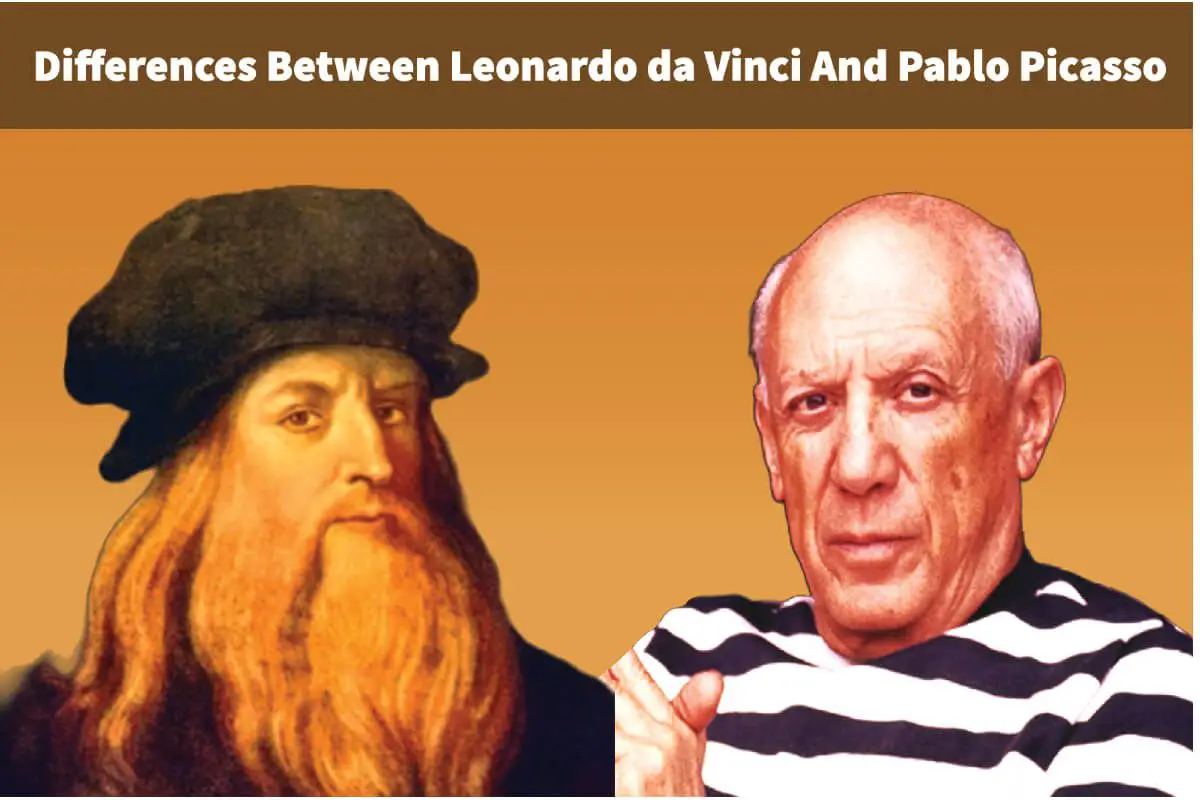Leonardo da Vinci and Pablo Picasso are two of the most famous painters globally. They are both considered to be very influential artists.
Leonardo da Vinci and Pablo Picasso lived in entirely different times; their artwork is also very different. Both are considered artistic geniuses who influenced art movements and were essential artists during the time and place they lived. Leonardo only painted a few paintings, whereas Picasso was a prolific artist.
Table of Contents
- Leonardo da Vinci And Pablo Picasso Live In Completely Different Times
- Two Different Kinds of Artistic Genius
- Leonardo And The Renaissance Movement & Picasso and Cubism
- Picasso Painted Many Paintings, Leonardo A Few
- 15 Reasons Why Pablo Picasso and Leonardo da Vinci are Revered as Great Artists
- Frequently Asked Questions
- Related Questions
Leonardo da Vinci And Pablo Picasso Live In Completely Different Times
Leonardo was born in the late 15th Century, and Picasso was born 362 years after Leonardo. Picasso is known as one of the most influential artists of the 20th Century.
Leonardo di ser Piero da Vinci (1452 To 1519) – An Italian Polymath
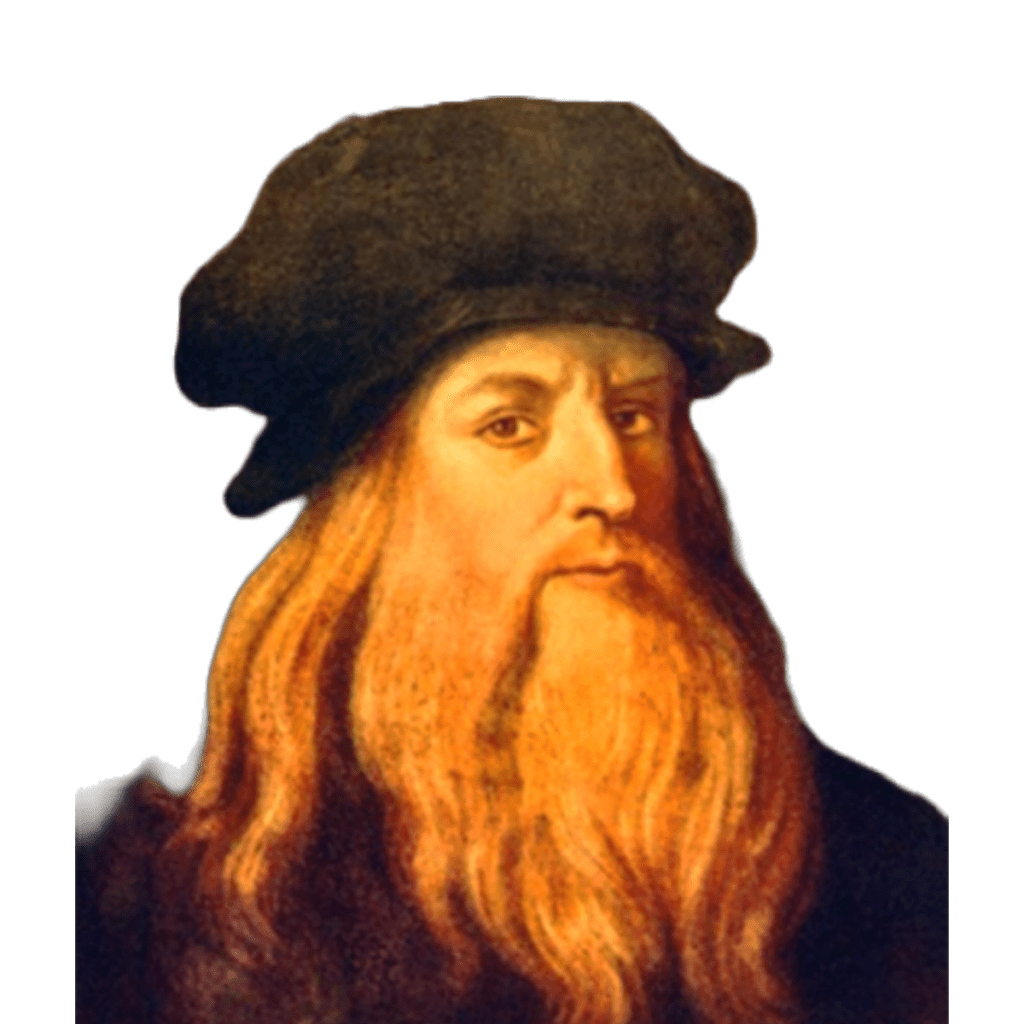
Leonardo di ser Piero da Vinci known as Leonardo da Vinci was born April 15, 1452, and died May 2, 1519. Leonardo was a significant artist of the High Renaissance era; he is considered one of three significant figures of the High Renaissance with Michelangelo and Raphael.
One of the aspects of Leonardo that makes him a fascinating artist is that he was an Italian who was considered a polymath due to his wide range of knowledge and learning. He was an active painter, draughtsman, engineer, scientist, theorist, sculptor, medical researcher, and architect.
Today, his fame rests mainly on his achievements as an artist; he has also become known for his notebooks. He made drawings and notes on various subjects and learning, including anatomy, astronomy, botany, cartography, painting, and paleontology. He is known to be a Renaissance man and genius.
Pablo Picasso (1881 To 1973) Spanish Artist In Many Mediums

Pablo Ruiz Picasso, known as Pablo Picasso, was born October 25, 1881, and died April 8, 1973. Even though he was Spanish, he spent most of his adult life living and working in France.
He was considered one of the most influential artists of the 20th Century and was also a co-founder of the Cubist movement. He was also an inventor of the constructed sculpture, the co-inventor of collage, and developed and created various artistic styles.
Picasso was a very prolific artist who worked in various mediums from painting, sculptor, printmaking, ceramics, and theater design.
Two Different Kinds of Artistic Genius
Both Leonardo and Picasso were artistic geniuses but in very different ways. They each left their unique mark on their artwork while helping to influence and guide artists that went after them.
Leonardo da Vinci – The Most Creative Genius In History
Leonardo da Vinci is considered by many to be one of the most creative geniuses ever to live. There are many reasons why this could be true; here are some of the reasons:
- Inquiring Mind – Leonardo had a very inquiring mind. He studies everything and anything. He did not see himself as an artist as much as a scientist, researcher, inventor, and engineer.
- Reached Across Disciplines – Leonardo was not afraid to reach across disciplines like no one has before him or like no one has since. He was willing and able to study everything, even medicine. He was known to dissect at least 30 human bodies.
- Documented His Learning – Leonardo left us a lot of notebooks where he put into his own words his artistic accomplishments, writings, drawings, and some intimate thoughts. He showed us how he was an artist, inventor, and prototypical Renaissance man in his notebooks.
Pablo Picasso – Artistic From A Young Age
From a very young age, Pablo Picasso was shown to have extraordinary artistic talent from a very early age. He began to draw as soon as he could grasp a pencil in his hands.
Pissaco showed his true genius and leadership as he changed and adjusted his style; these styles influenced many other artists.
Picasso was always willing to try new creative styles and techniques and explore more radical styles. Because of this, he and his willingness to constantly explore new avenues for his art, he is thought of as one of the leaders of modern art.
Leonardo And The Renaissance Movement & Picasso and Cubism
Leonardo and Picasso were both influenced by very different art movements. Leonardo was part of the High Renaissance movement, and Picasso is most widely known as a founder of Cubism.
Leonardo da Vinci – High Renaissance Art
Leonardo was a leader in the High Renaissance art movement along with Michelangelo and Raphael. High Renaissance art flourished for about 35 years, from the 1490s to 1527.
Some of Leonardo da Vinci’s Art
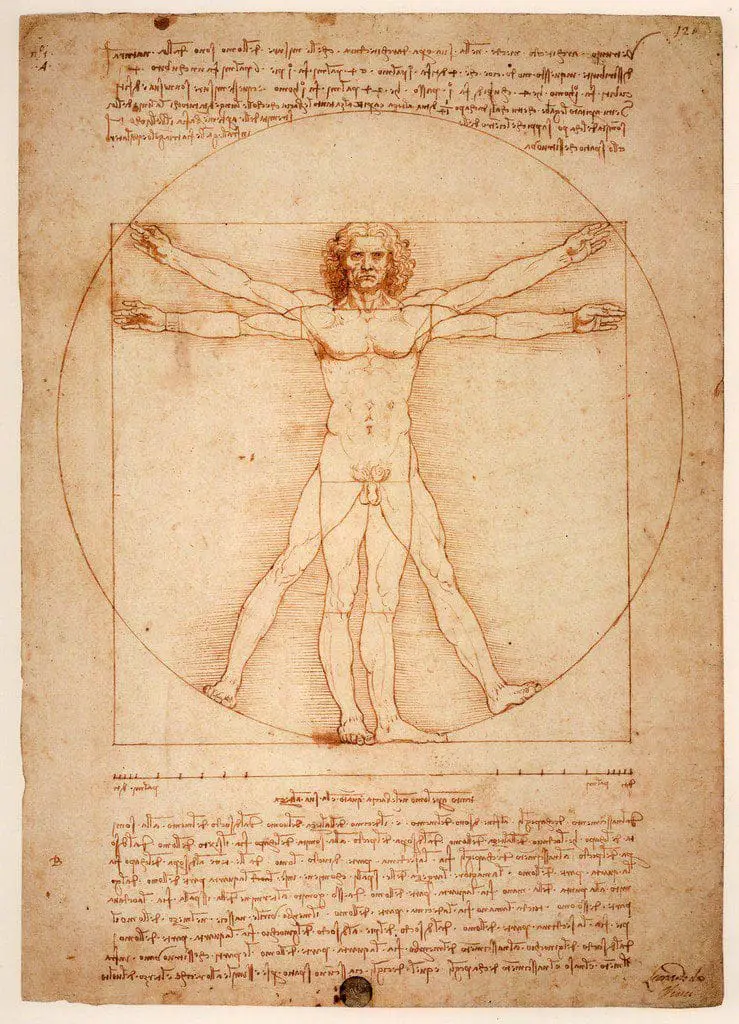
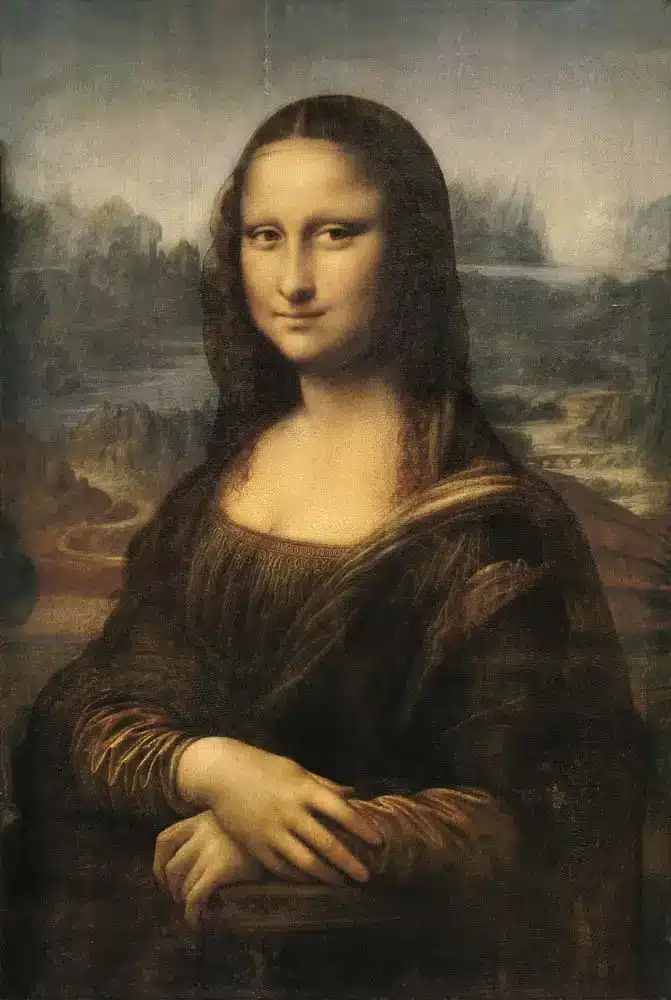
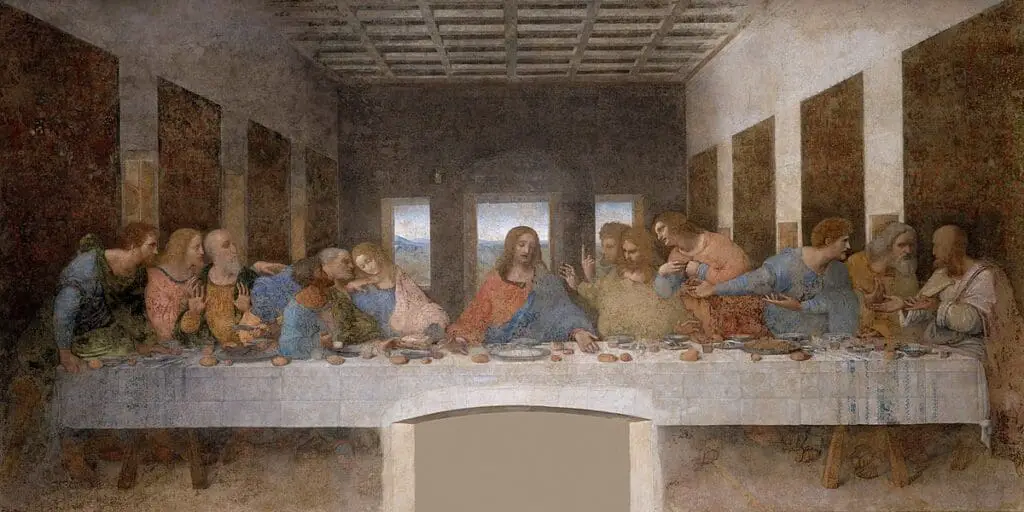
The High Renaissance was a relatively short period of art that produced a lot of exceptional art; Leonardo da Vinci was a key figure during that art movement.
When imperial troops sacked Rome in 1527, most people say the High Renaissance ended; others say it was when Raphael died in 1520. But whatever the date, the High Renaissance officially ended the Renaissance art movement.
Pablo Picasso – Cubism Art
Pablo Picasso was a dominant and influential artist in the first half of the 20th Century. He is known for co-founding the Cubism art movement and George Braque.
Some of Pablo Picasso Cubism Art




Picasso also made significant contributions to Symbolism and Surrealism Art Movements.
Picasso saw himself mainly as a painter, yet his sculptures were influential along with his printmaking and ceramics. He was an extremely versatile artist who could work in various mediums.
Picasso Painted Many Paintings, Leonardo A Few
Leonardo only painted over 22 paintings during his lifetime, whereas Picasso has over 50,000 works of art. Picasso painted nearly 2,000 paintings plus sculptures, drawings, ceramics, and hand-pulled prints that made up his over 50,000 works of art.
On the other hand, Leonardo did leave behind thousands of pages of notebooks that included many of his findings, inventions, and other things. We are left with his diagrams, drawings, ideas, and inventions in his notebooks.
Picasso was a very prolific artist with over 50,000 works of art. Many of Picasso’s artwork is popular for people to purchase either at an auction for an original or a printed copy.
Leonardo and Picasso are considered two of the most influential artists ever lived. Even though they are both considered prominent artistic figures, they are very different artists who were born and lived during very different times.
15 Reasons Why Pablo Picasso and Leonardo da Vinci are Revered as Great Artists
Both Pablo Picasso and Leonardo da Vinci are titans in the art world, each leaving an indelible mark on the course of art history. Their genius, while manifested in different eras and through different styles, has cemented their places as two of the most influential artists of all time. Here are 15 reasons underlining their greatness:
Pablo Picasso:
- Cubism Pioneer: Picasso, along with Georges Braque, co-founded Cubism, a revolutionary style that transformed traditional representation in art by showcasing subjects from multiple angles simultaneously.
- Versatility: Picasso’s mastery extended across painting, sculpture, ceramics, printmaking, and textiles.
- Artistic Phases: His work can be categorized into distinct periods – Blue, Rose, African-influenced, Cubism, Neoclassicism, and Surrealism, showcasing his adaptability and evolution.
- Modern Art Icon: Picasso is synonymous with 20th-century art, and his impact on modern art is unparalleled.
- Profound Influence: His techniques, styles, and approach have inspired countless artists, both during his lifetime and in the years since.
- Political Commentary: Works like “Guernica” demonstrate Picasso’s engagement with political and societal issues, proving art’s power as a medium of protest and reflection.
- Innovation: Picasso consistently pushed the boundaries of conventional artistic norms, reinventing himself and the art world.
Leonardo da Vinci:
- Renaissance Man: Da Vinci epitomized the Renaissance ideal – a person of unquenchable curiosity and inventive imagination, skilled in diverse fields from art to engineering.
- Mastery of Chiaroscuro: Leonardo’s exceptional use of light and shadow (chiaroscuro) added depth and lifelike quality to his paintings.
- Anatomical Precision: His keen interest in human anatomy led to remarkably accurate depictions in art, bridging the gap between art and science.
- Innovative Techniques: In “The Last Supper,” Leonardo employed a unique perspective and composition, transforming traditional religious portraiture.
- Enduring Mysteries: Works like the “Mona Lisa” remain shrouded in mystery – from her enigmatic smile to hidden symbols – sparking endless intrigue.
- Notebooks and Inventions: Leonardo’s detailed notebooks, filled with sketches of inventions, observations, and scientific diagrams, provide a window into his genius.
- Holistic Approach: Leonardo believed an artist must know anatomy, nature, mechanics, etc. This holistic approach made his art a fusion of observation, science, and aesthetics.
- Influence on Art and Science: Leonardo’s work laid the foundation for subsequent artists and also paved the way for advancements in various scientific fields.
While Picasso and da Vinci come from different epochs and have distinct styles, their shared attributes of innovation, curiosity, and mastery make them stalwarts in the realm of art. Their works aren’t just paintings or sculptures; they are testimonies to human creativity and the inexhaustible potential of the mind.
Anita Louise Art is dedicated to art education, great artists, and inspiring others to find and create their art. We love art that uplifts and inspires. #ArtToMakeYouSmile! #ArtToMakeYouHappy!
If you are interested to see any of my art, you can find out more by clicking here. If you are interested in what inspires me and my paintings, you can discover more by clicking here.
We have a free newsletter and would love you to be part of our community; you can subscribe to the newsletter by clicking here. If you have any questions, I would be happy to talk to you. You can reach me, Anita, by clicking here.
Subscribe to our Anita Louise Art YouTube Channel filled with great videos and information by clicking here.
Join us for our podcast “5 Minutes With Art.” Spend just 5 minutes a week with us to discover and learn about great art and artists. You can find out more about our podcast by clicking here.
Frequently Asked Questions
Who is Pablo Picasso?
: Pablo Picasso was a renowned Spanish artist who is widely regarded as one of the most influential figures in 20th-century art. He is known for his diverse artistic styles, including Cubism, Surrealism, and Symbolism.
Who is Leonardo da Vinci?
Leonardo da Vinci was an Italian polymath and one of the greatest artists of the Italian Renaissance. He is celebrated for his mastery in various fields, including painting, sculpture, engineering, science, and anatomy.
What are some notable works by Pablo Picasso?
: Pablo Picasso’s notable works include “Guernica,” “Les Demoiselles d’Avignon,” “The Weeping Woman,” “The Old Guitarist,” and “The Girl Before a Mirror,” among many others
What are some notable works by Leonardo da Vinci?
Leonardo da Vinci’s notable works include “Mona Lisa,” “The Last Supper,” “The Vitruvian Man,” “The Annunciation,” and “Lady with an Ermine,” among his numerous paintings and sketches.
How would you compare the artistic styles of Picasso and Leonardo da Vinci?
Picasso and Leonardo da Vinci had distinct artistic styles. Leonardo was known for his realistic and detailed approach, while Picasso embraced various artistic movements and experimented with different styles, leading to his development of Cubism and other innovative techniques.
Who had a greater impact on the art world, Picasso or Leonardo da Vinci?
Both Picasso and Leonardo da Vinci had a significant impact on the art world, but their influence can be seen in different ways. Leonardo’s contributions during the Renaissance laid the foundation for future artistic developments, while Picasso’s pioneering work in the 20th century brought about radical changes in artistic expression.
Which artist had a more diverse range of artistic techniques, Picasso or Leonardo da Vinci?
Picasso is often considered to have a more diverse range of artistic techniques. He constantly experimented with different styles and explored various mediums, whereas Leonardo, although a versatile artist, is particularly renowned for his exceptional painting and drawing skills
Did Picasso and Leonardo da Vinci ever meet or interact?
No, Picasso and Leonardo da Vinci did not meet or interact. They lived in different time periods, with Leonardo da Vinci belonging to the 15th and 16th centuries, and Picasso being active in the 19th and 20th centuries.
How do Picasso and Leonardo da Vinci contribute to art education and art history?
Picasso and Leonardo da Vinci have made significant contributions to art education and art history. Their works serve as valuable examples for aspiring artists, art historians, and students studying the evolution of artistic techniques, styles, and concepts. Their works are often studied and analyzed to understand the artistic movements they were associated with and their lasting impact on the art world.
How did Picasso and Leonardo da Vinci contribute to the understanding of human anatomy in art?
Leonardo da Vinci’s meticulous studies of human anatomy greatly influenced the understanding of the human form in art. His anatomical drawings were groundbreaking, revealing detailed knowledge of the human body’s structure and proportions. While Picasso did not delve into anatomical studies to the same extent, his innovative approach to representing the human figure challenged traditional conventions and expanded the possibilities of artistic expression
Related Questions
What Was The Focus Of Renaissance Art?
The focus of Renaissance art was on the classics of Greek and Rome, humanist philosophy, and the study of the human figure. Realism was also an essential part of renaissance art. The great artists of the Renaissance also became great anatomists and studied human beings.
By clicking here, you can learn more by reading What Was The Focus Of Renaissance Art?.
21 Top Renaissance Artists And Their Works of Art
The Renaissance produced many great artists throughout Europe. Many of these artists have continued to inspire artists throughout the centuries.
When we speak of top Renaissance artists, we think of the trinity of artists like Leonardo da Vinci, Michelangelo, and Raphael. But besides these three artists, many other important Renaissance artists remain important.
By clicking here, you can learn more by reading 21 Top Renaissance Artists And Their Works of Art.
Did Leonardo da Vinci Believe In God?
Leonardo did not tell us what his belief in God was, but there is evidence that is left that suggests that he held fast to many Christian ideals and beliefs. People such as the artist and author Giorgio Vasari, who knew him and wrote about him, spoke of his character and what a great man he was.
By clicking here, you can learn more by reading Did Leonardo da Vinci Believe In God?.

